For the 1972 model year, the federal government of the United States of America mandated for all cars sold in the home market to lower the compression of engines to reduce NOx, a major contributor of smog and acid rain. Additionally, these revamped engines were to be capable of using low-lead or unleaded fuel. General Motors rushed and lowered compressions for all its 1971 engines, while others in Detroit and Kenosha waited until the 1972 mandate. Or did they?

Preface
Compared to the high-performance zenith of 1970, GM’s top engines took a hit for 1971. The LS6 454 was rated at 450 horsepower in 1970 but fell to 425 (325 net). Buick’s 455 Stage 1 went from an underrated 360 horsepower to 345 (275 net), while Oldsmobile’s W30 455 dropped from 370 horses to 350 (300 net). Pontiac was in a different situation because its top engine in 1970 was a 400 and not the 455 so, thanks to some clever engineering, the 1970 455/360 fell to 335 horses (310 net) but was actually a faster, more well-rounded engine.

Ford Motor Company
The 429 Cobra Jet continued to be available for mid-size cars, but the big news was its availability for the Mustang and Cougar. However, the small-blocks was where Ford played with compression. The 1970 351-4V was rated at 300 horsepower with 11.0 to 1 compression but, for 1971, compression fell to 10.7 to 1 and horsepower fell by 15. That’s hardly a low-compression engine able to use regular fuel but, in May 1971. Ford introduced the 351 Cobra Jet. This 280-horse, 9.0 to 1 compression engine was an option on all Mustang models save the Boss 351, either with a four-speed manual or three-speed automatic. It also required the Competition Suspension to be ordered. “351-CJ offers excellent performance and handling characteristics on regular fuel,” announced Ford. “The 351-CJ is a mid-range, high-performance version of the 351-4V and is being offered to take advantage of growing interest of sports/performance enthusiasts in a lighter weight, lower displacement and better handling engines.” Ford claimed the 351 Cobra Jet covered 50 more feet in 10 seconds from a standing start than the regular 4V 351 – all on regular fuel.
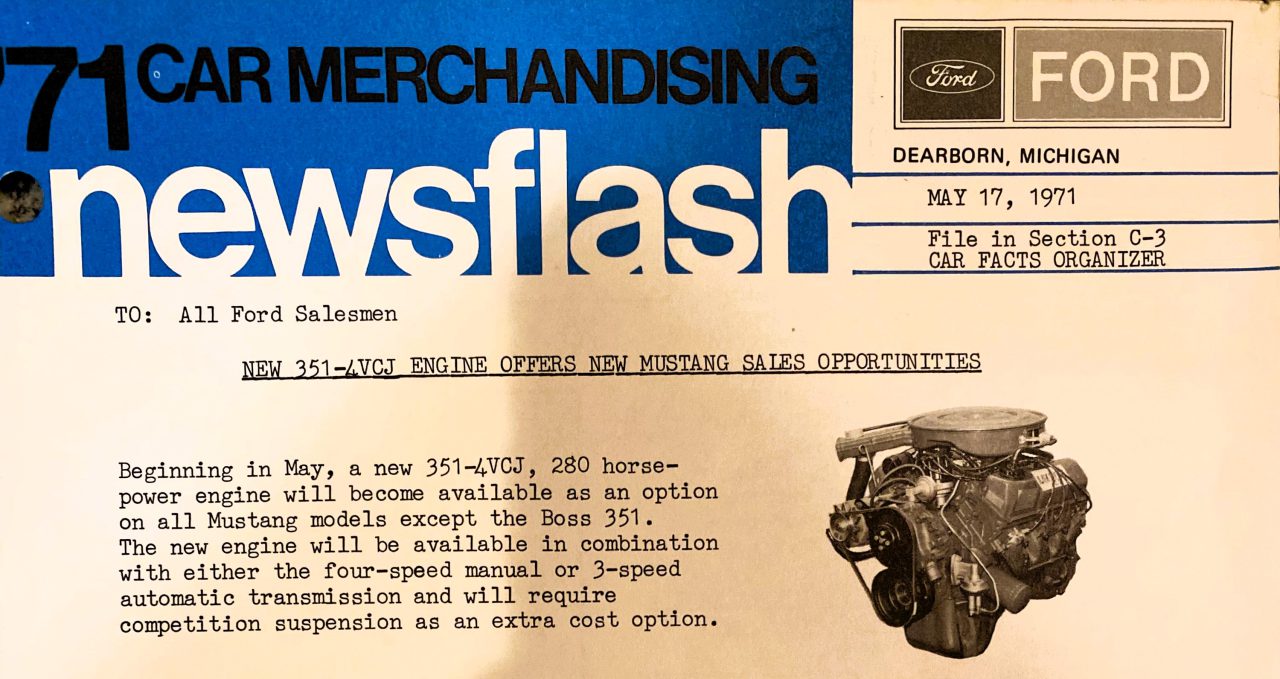
The 351 Cobra Jet was able to impress despite its regular-fuel requirements thanks to open-chamber cylinder heads, high-lift cam, four-bolt main bearing caps, 4300D carb, special intake manifolds, and standard 3.50 rear. However, when the model year finished, only 145 Mustangs were built with the 351 Cobra Jet. Certainly, the late introduction was one problem, but the engine also cost $194 when the regular 4V cost $93. While that sounds like it was a loss for Ford, the 351 Cobra Jet officially replaced the 351-4V for 1972, with mild changes and 8.5 to 1 compression resulting in a 266 net horsepower (248 for mid-size cars). Production of this engine was also expanded to Mercurys, and it would continue to be offered through 1974.
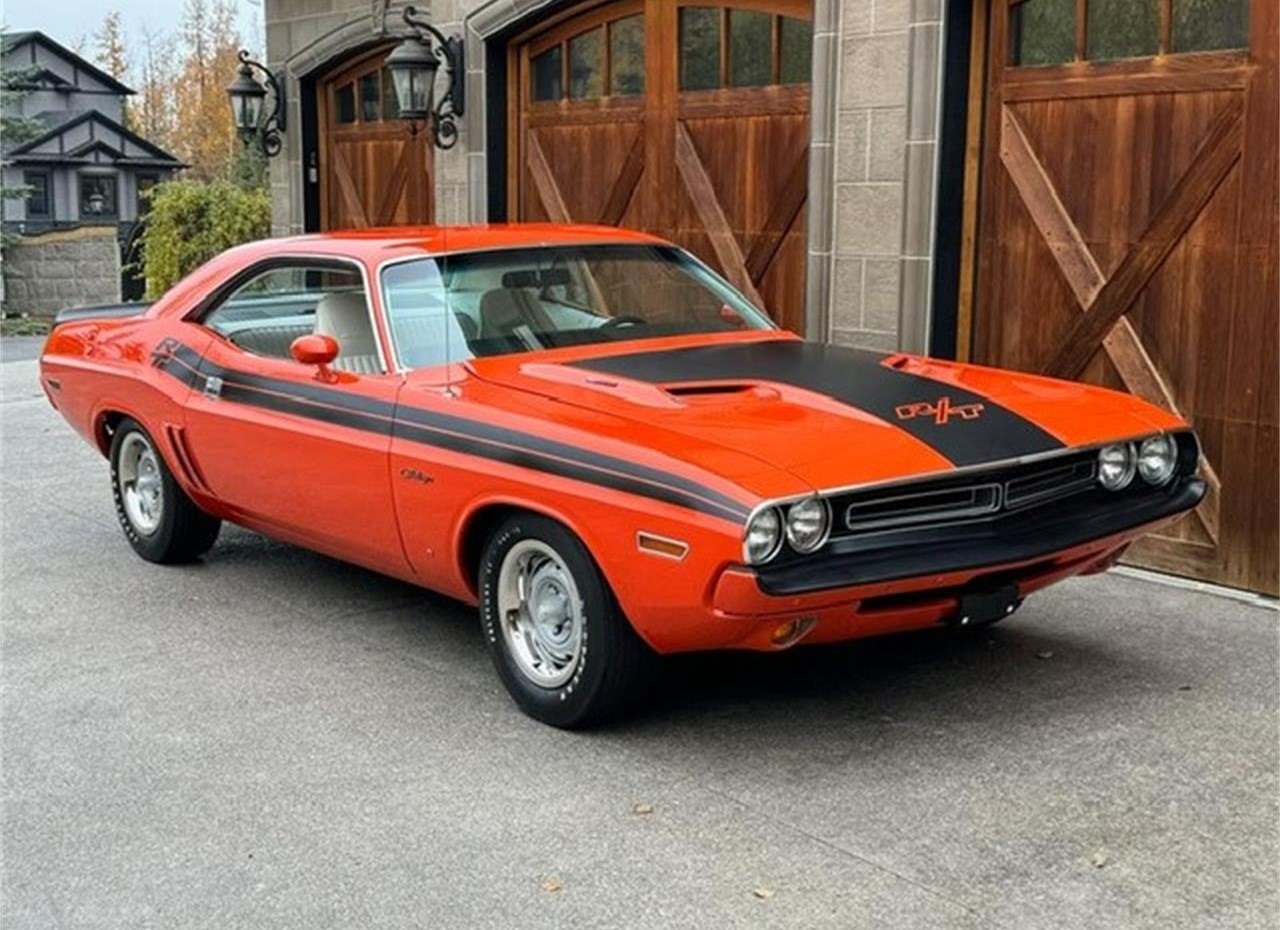
Chrysler Corporation
The Hemi (425 horsepower gross, 350 net) continued to be the one to beat in 1971, and the 440 four-barrel and six-barrel engines were its supporting cast, though the latter two featured slight cuts in compression (0.2) with a loss of five horses each – they now were rated at 370 (305 net) and 385 (330 net) horsepower. The 340 small-block featured a new Thermo-Quad but still carried a 275-horse (235 net) rating and high-compression. So, what about the 383, the engine made famous by the Plymouth Road Runner?
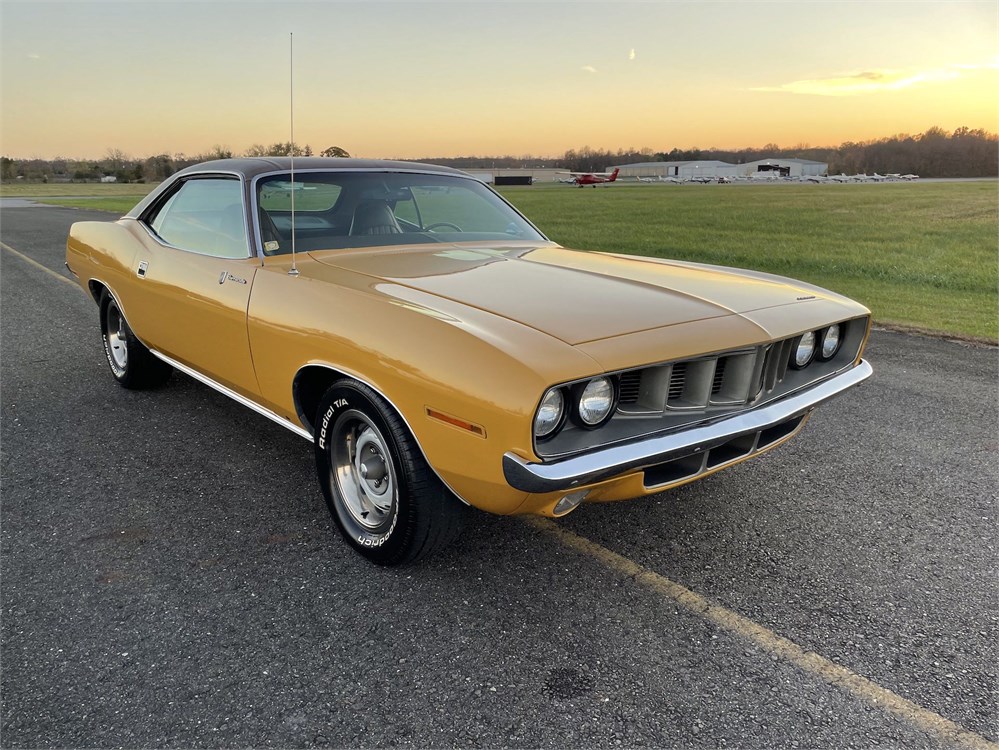
Knowledgeable enthusiasts know the Road Runner started with a 335-horsepower 383 while non-performance models had a 383 offering 330 horsepower with a smaller camshaft, though both featured 9.5 to 1 compression (10.0 in 1968-69). For 1971, the 383 was reduced to one version and was rated at 300 horsepower (250 net). Glance at the compression ratio specs and you’ll note that the 383 four-barrel now featured 8.5 to 1 compression, meaning it could be operated on regular fuel one year before the mandate.
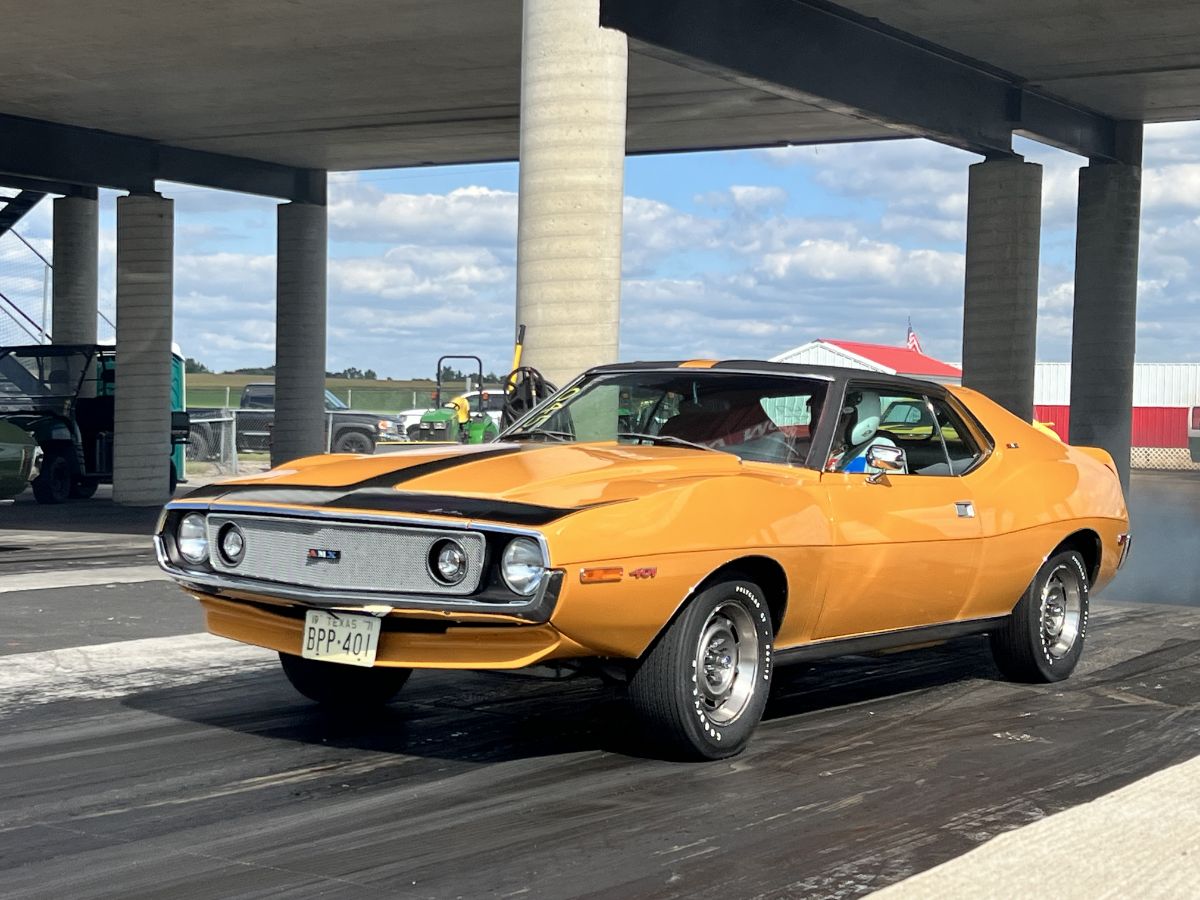
American Motors Corporation
The 401 was new at AMC for 1971, replacing the 390 that had been available since 1968. The new engine featured 330 horsepower and 10.2 to 1 compression. According to dealer literature, “All 1971 American Motor passenger-car engines, except for the new 401 V8, will have new lower compression ratios to permit efficient operation with the new “low-lead”, lower octane fuels.” The 360, offered in 1970 with 290 horsepower and 10.0 to 1 compression, now featured 285 horses with 8.5 to 1 compression.
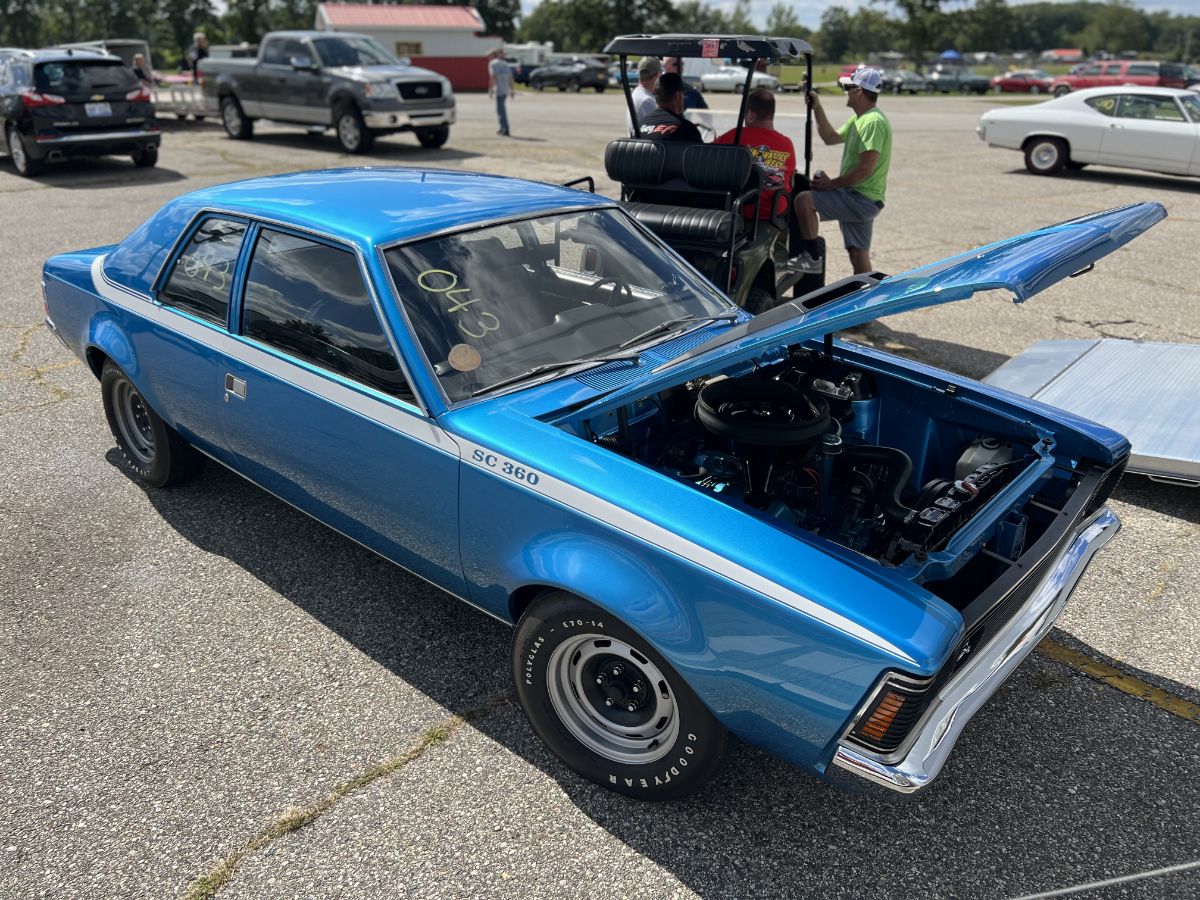
The 401 was new at AMC for 1971, replacing the 390 that had been available since 1968. The new engine featured 330 horsepower and 10.2 to 1 compression. According to dealer literature, “All 1971 American Motor passenger-car engines, except for the new 401 V8, will have new lower compression ratios to permit efficient operation with the new “low-lead”, lower octane fuels.” The 360, offered in 1970 with 290 horsepower and 10.0 to 1 compression, now featured 285 horses with 8.5 to 1 compression.
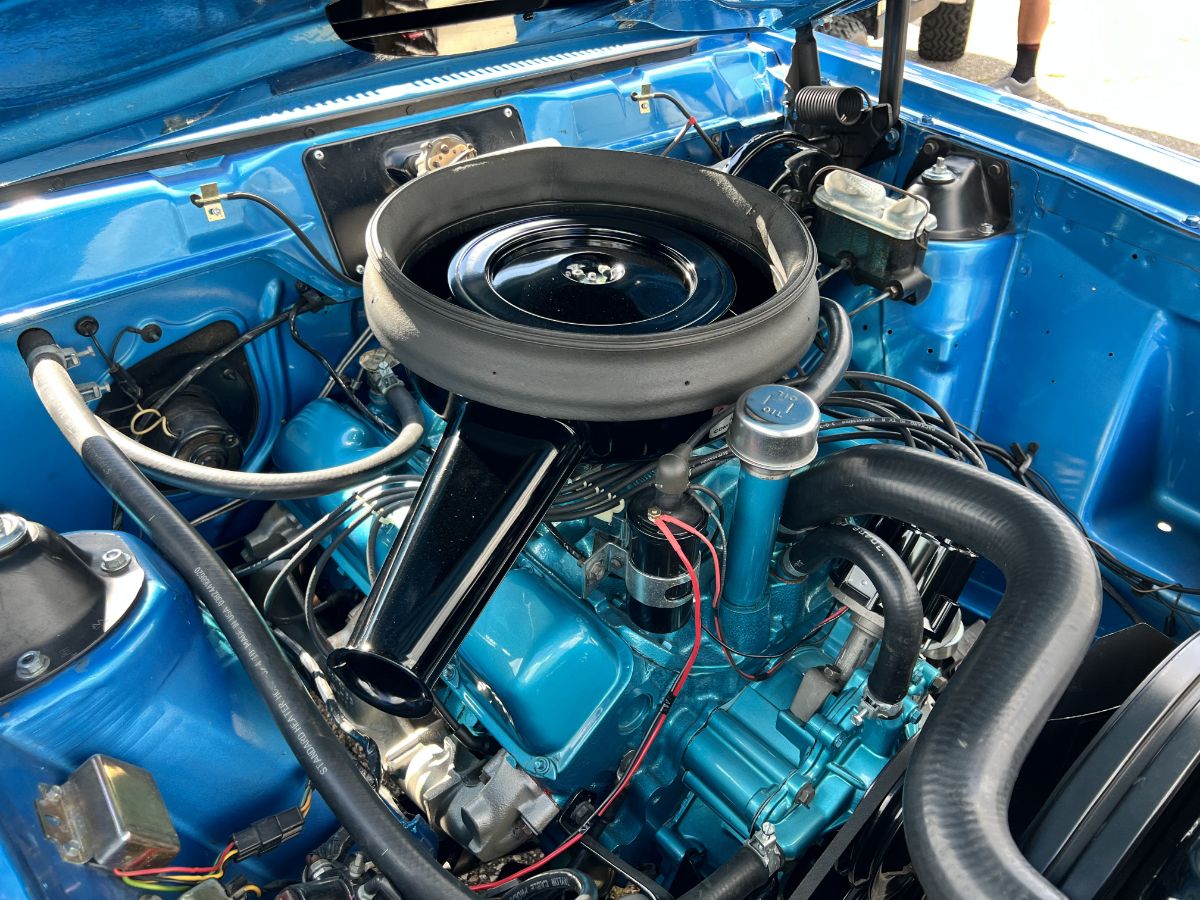
In the middle of the model year, AMC made a running change on the 401 and, with new heads, had 9.5 to 1 compression, but that wasn’t quite a regular-fuel engine. Of course, for 1972, the 401’s compression was 8.5 to 1.






Things are much different today. I own two late model Mustang GT’s, both with 5.0 liter V-8 engines. The 2016 has a compression ratio of 11.0 to one, is rated at 430 horsepower and runs great on regular unleaded with no pinging. The 2022 car has a 12.0 to one compression ratio, is rated at 450 horsepower and requires premium unleaded to avoid pinging. I’ve not noticed a difference in performance or fuel economy between the two although the 2016 is geared a little lower with its GT Performance Package option. I wish that Ford would have keep the 11.0 to one ratio on the 2022 since my pleasure driving doesn’t need the extra 20 horsepower and requirement for premium fuel.